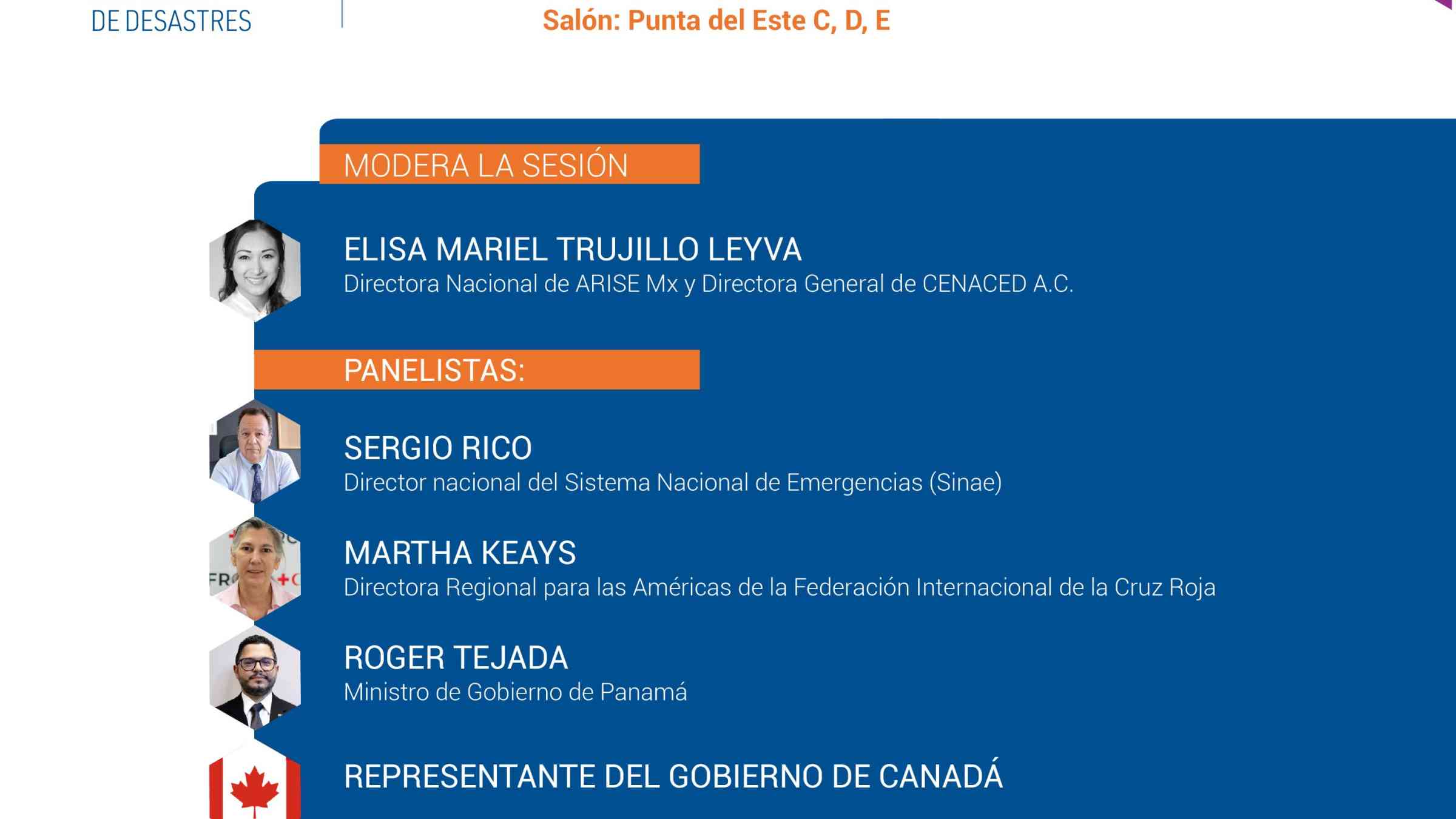PLENARY SESSION: Risk governance: Innovations for policy and multisectoral coordination to reduce risk drivers
In the regional mid-term review report on the implementation of the Sendai Framework, the level of awareness of disaster risk has, to some extent, permeated decision-making beyond conventional DRR actors per se.
Thematic networking and associations in our region have also facilitated a more inclusive whole-of-society approach, whereby alternative sources of knowledge and innovation are becoming increasingly embedded and articulated in the DRR agenda and more influential in disaster risk governance and development planning decision-making to address underlying risk factors.
Recognizes at the same time that a greater participation of specific sectors of the State and of different actors involved is also essential to continue strengthening this governance and the persistent challenges of being able to translate national strategies, frameworks and plans into legislation and action at the national and local level; each sector offers an important ally and key partner for national and local governments in decision-making and policy application, as well as its implementation and monitoring. The private sector offers essential technologies (but must be regularized). Volunteering offers key social protection mechanisms (we saw this with COVID) and facilitates the application of technologies and generates necessary subnational and local behavior changes. Civil society collaborate through science and technology to improve the conditions so that the disaster does not occur - early warning systems is one but also multipurpose green spaces, livelihoods that allow mitigation or adaptation to climate change, apps that allow visualization and communication for community actions with companies and governments.
Session objectives
- Identify the different mechanisms that allow the articulation between the government, the private sector and civil society organizations (CSOs) and strengthen inclusive risk governance.
- Identify innovations in policies and coordination between the government sector, the private-business sector and civil society to reduce the different drivers of risk
- Determine local and national strategies that highlight good practices and promote articulation between sectors.

